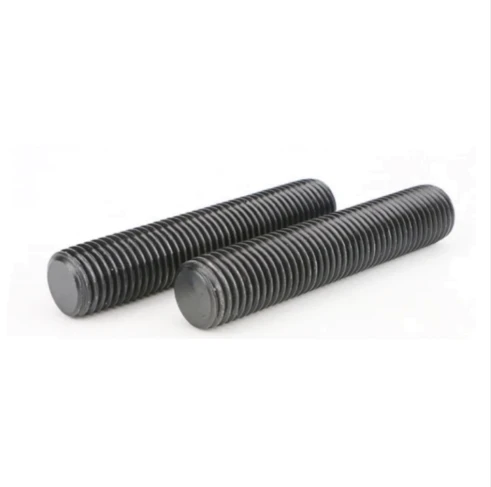stainless steel lag bolts manufacturer
វិច្ឆិកា . 16, 2024 20:40 Back to list
stainless steel lag bolts manufacturer
The Importance of High-Quality Stainless Steel Lag Bolts A Guide for Manufacturers
In recent years, the demand for durable and reliable fastening solutions has surged, particularly in industries such as construction, automotive, and manufacturing. One such fastener that has proven invaluable is the stainless steel lag bolt. As a manufacturer specializing in stainless steel lag bolts, understanding the significance of quality production, material selection, and market trends is critical for success.
What are Stainless Steel Lag Bolts?
Stainless steel lag bolts are heavy-duty fasteners designed for wood and concrete applications. Characterized by their unique head and coarse threaded shaft, they provide superior holding power compared to standard screws. Their design makes them ideal for securing wood beams, lagging pieces together, and various structural applications requiring robust support.
Why Choose Stainless Steel?
The primary reason for choosing stainless steel for lag bolts is its corrosion resistance. Unlike carbon steel or traditional steel, which tend to rust and degrade in unfavorable conditions, stainless steel retains its integrity even in moist or harsh environments. This property is especially beneficial for outdoor applications or in marine settings where exposure to saltwater is a concern. Types 304 and 316 stainless steel are frequently used for lag bolts, with Type 316 offering enhanced resistance to corrosion, making it a preferred choice in coastal regions and chemical industries.
Manufacturing Process
stainless steel lag bolts manufacturer

The manufacturing process of stainless steel lag bolts involves several critical steps to ensure precision and quality. It begins with selecting high-grade stainless steel material, which undergoes stringent testing for strength and durability. The manufacturing process typically includes
1. Forging The stainless steel is heated and shaped into the desired dimensions, ensuring a strong and uniform structure. 2. Threading Precision threading is applied to create the distinct coarse threads that provide exceptional grip and holding power. 3. Finishing The lag bolts undergo surface treatments to improve corrosion resistance and enhance the aesthetic appeal. Common finishes include passivation, which removes free iron and enhances the passive layer of chromium oxide on the surface. 4. Quality Control Samples are rigorously tested for tensile strength, fatigue resistance, and corrosion resistance. This step is crucial to ensure that each batch meets industry standards and customer expectations.
Market Trends and Demand
The market for stainless steel lag bolts is expanding rapidly, driven by the growth of the construction and manufacturing sectors. As more companies strive for sustainable and durable solutions, the preference for stainless steel fasteners continues to rise. Additionally, with increasing regulations and standards surrounding construction materials, manufacturers focusing on high-quality stainless steel lag bolts are well-positioned to meet these evolving requirements.
Conclusion
As a manufacturer of stainless steel lag bolts, commitment to quality, innovation, and customer satisfaction is paramount. By utilizing advanced manufacturing techniques and ensuring strict adherence to material specifications, companies can create reliable fastening solutions that stand the test of time. With the growing demand for sturdy and corrosion-resistant fasteners, there is tremendous potential for growth in this niche market.
Whether it’s for a new construction project or an industrial application, investing in high-quality stainless steel lag bolts ensures safety, reliability, and longevity. As the industry evolves, manufacturers must keep pace with technological advancements and market trends to remain competitive. By prioritizing quality and performance, manufacturers can not only satisfy current demands but also pave the way for future innovations in fastening solutions.
Latest news
-
Premium Phosphated Drywall Screws Supplier | Durable, Rust-Resistant
NewsAug.27,2025
-
Reliable Wire Bolts Suppliers | Quality Zinc Plated Fasteners
NewsAug.26,2025
-
Wire Bolts Suppliers: Durable & Reliable Fasteners for Every Project
NewsAug.25,2025
-
Premium Cabinet Bolts Supplier | Wholesale & Custom Solutions
NewsAug.24,2025
-
Reliable Axle Nuts Supplier | Quality & Precision Fasteners
NewsAug.23,2025
-
Durable Bolts for Lawn Mower Handle - Top Supplier & Manufacturer
NewsAug.22,2025
